Preservationists & Patriots
The National Society of The Colonial Dames of America in The State of North Carolina have been leaders in the historic preservation movement for 125 years
By William Irvine
Genealogy is big business these days. Ancestry.com and other online tools, as well as the hit television series Who Do You Think You Are? and Finding Your Roots, have inspired millions of Americans to become more interested in their forebears. Family — everybody’s got one.
Certainly no one is as well-versed on this subject as the National Society of The Colonial Dames of America in The State of North Carolina, which has served as a quiet but dynamic force in the preservation of historic properties across the state since its founding in 1894. From their offices in the Burgwin-Wright House — which they purchased in 1937 to save from demolition — the Dames have been celebrating North Carolina’s early history through public programs, scholarships and preservation for 125 years. With more than 1,700 members statewide, the North Carolina chapter is the largest of a national association of state societies.(There are 44 state societies with more than 15,000 members nationwide). And the Dames are going strong — the organization has seen a resurgence of interest among younger members, many of whom are daughters or granddaughters of the current Dames.
Long before the general population saw the importance of our city’s architectural heritage, the Wilmington Dames were sounding the trumpets. Beginning in 1899, they made an annual pilgrimage to St. Philip’s Church in Brunswick Town, traveling downriver by steamboat for a community picnic on the site of the towering ruins. They have erected monuments and markers throughout North Carolina to honor historical Colonial figures and places. The Dames brought a preservation proposal before the Wilmington City Council as early as 1930; a similar ordinance would not be approved until 30 years later. “We were way ahead of our time, but Charleston beat us by a year,” says Joy Allen, the executive director of the North Carolina society. Here are four important North Carolina houses that owe their existence to the preservation efforts of the Dames.
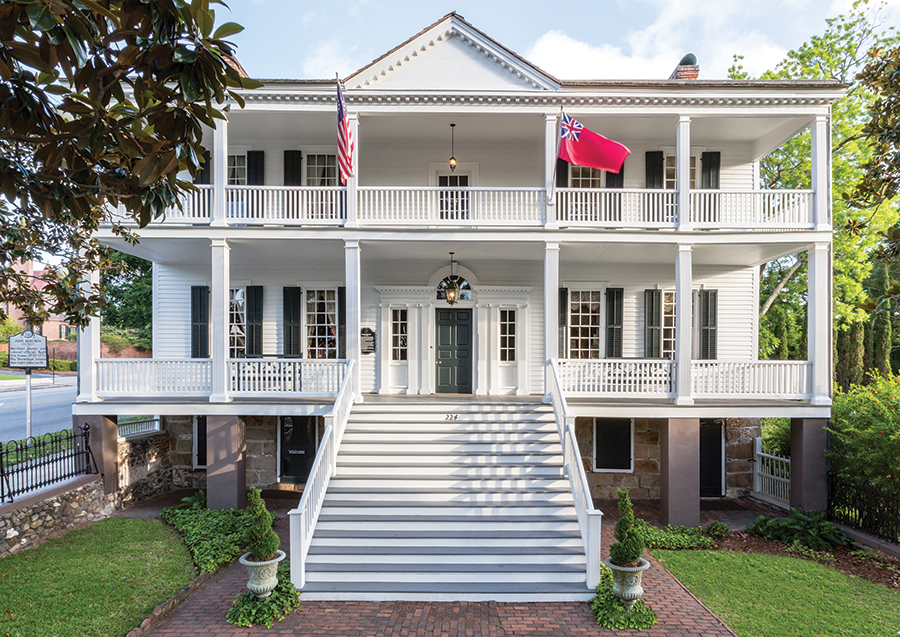
The Burgwin-Wright House
Wilmington
The Burgwin-Wright House barely survived the wrecker’s ball. Built by the prosperous merchant and plantation owner John Burgwin in 1771 on the foundations of the abandoned city jail, the house passed through a series of owners in the 19th century, among them Judge Joshua Grainger Wright, whose family owned the house through the Civil War. After the last owner of the house died in 1930, the property was conveyed to the Wilmington Savings and Trust Company as trustees. At the time the house was a wreck — the lot next door to the house on Market Street was a used-car lot and remained so until 1967, when the Dames were able to purchase the land.
Alden Hopkins, the landscape architect from Colonial Williamsburg, created the initial plans and blueprints for the re-creation of an 18th-century garden that has replaced it. In 1937 the structure was purchased by the Colonial Dames for $21,000 and during World War II was known as the Lord Cornwallis Officer’s Club and Lounge, and used by armed forces officers and their families. After the war, the basement was rented to the Junior League as a tea room, and by 1948 the Colonial Dames owned the house outright, debt-free, and decided to restore it as their headquarters. After several periods of restoration — the most important being the 1992 removal of the Colonial Revival portico and its replacement by a period-appropriate reconstruction — the house stands today as one of the most important surviving 18th-century houses in eastern North Carolina.
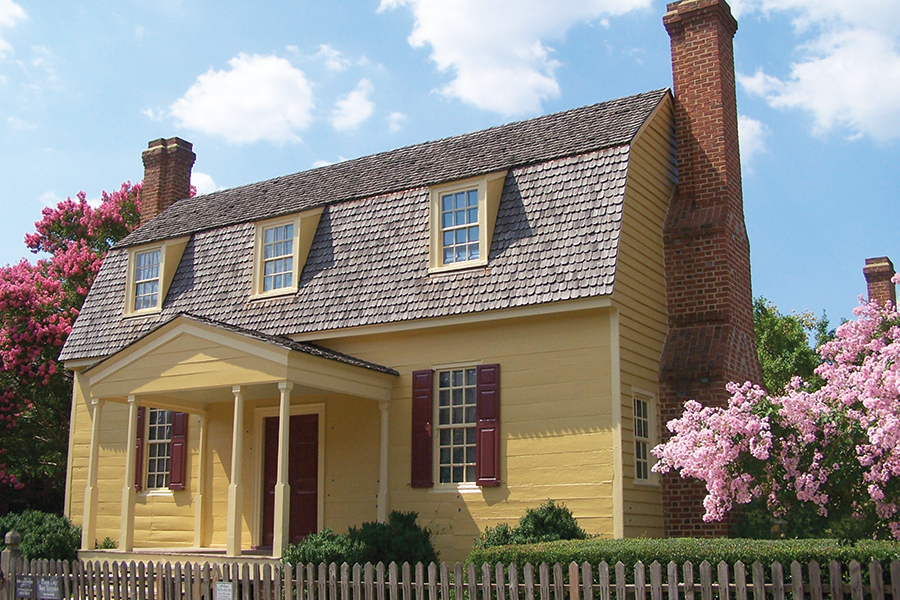
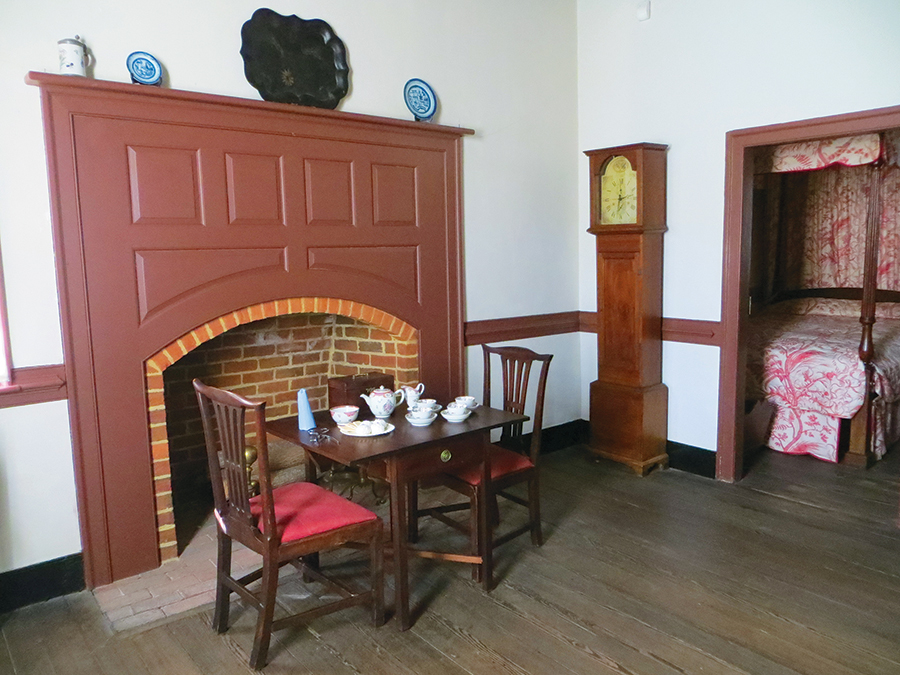
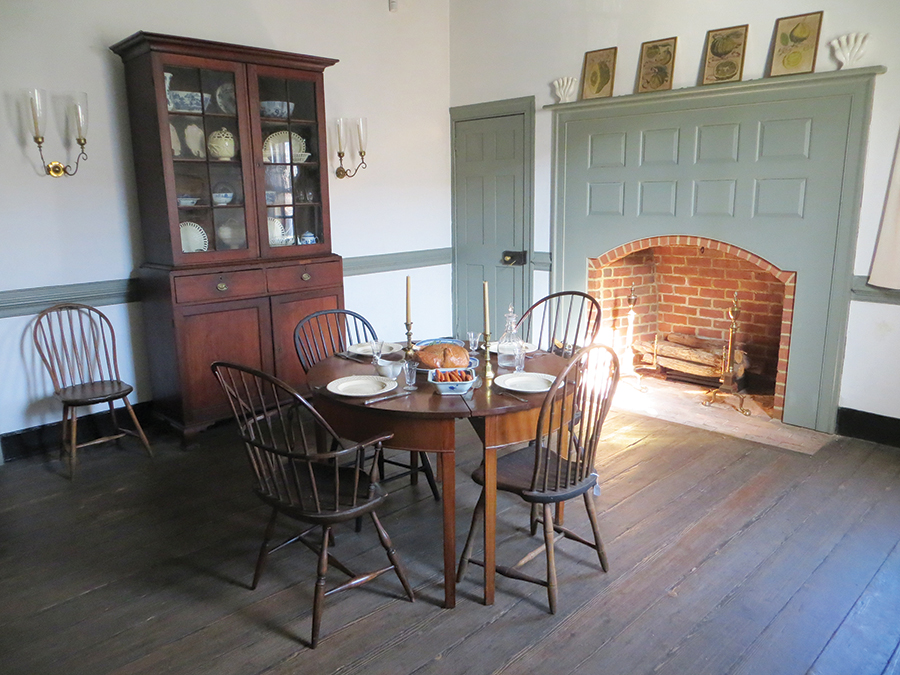
The Joel Lane House
Raleigh
Born in Halifax County and an early pioneer in the Piedmont, Joel Lane was a man of many accomplishments. A representative to the Provincial Congress in Hillsborough, he served as a justice in the county court and a lieutenant colonel of the militia during the Revolutionary War. He was also one of the first trustees of the University of North Carolina and offered the university a square mile of his land near present-day Cary for the site of the campus (the offer was declined).
Built around 1760, Lane’s house predates the founding of Raleigh and is consequentially the city’s oldest dwelling. It was here that commissioners from the General Assembly met to determine the location of the state’s capital in 1792; they inevitably purchased 1,000 acres of Lane’s property and established the state’s permanent seat.
Joel and his second wife both died in 1795 and the house passed through several owners until it was purchased by the Wake County branch of the Dames in 1927. After a period of benign neglect, in 1968 the North Carolina General Assembly and the Colonial Dames financed an eight-year restoration project. The site has been open as a house museum since 1976.
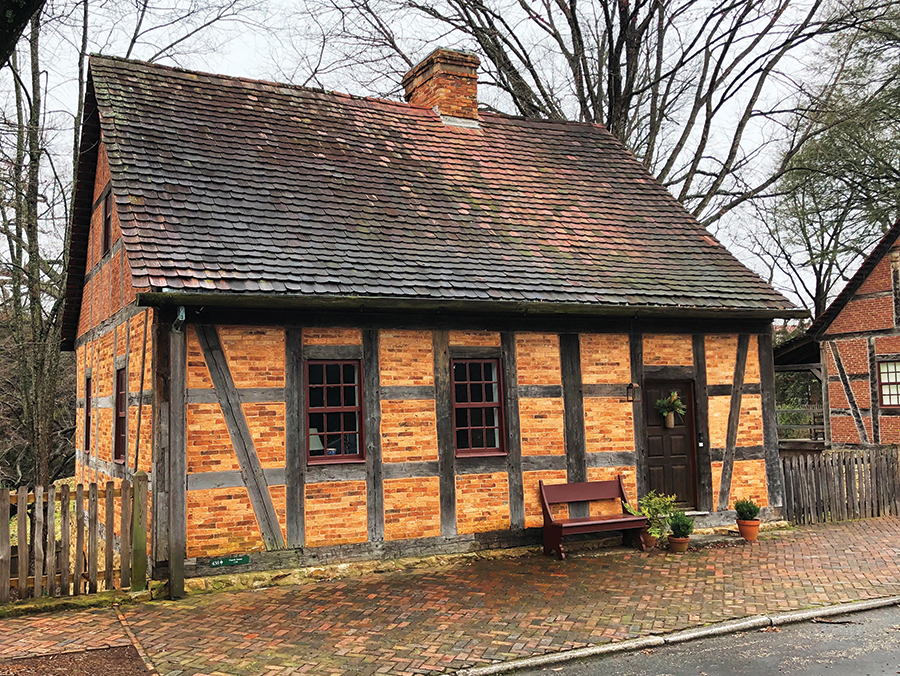
The Fourth House
Old Salem
Established by Moravians in 1766, the town of Salem had its modest beginnings in a row of half-timbered houses along the main street that were named chronologically in order of completion. The Fourth House, completed in 1768, was first home to Charles Holder, a saddler, who lived in the house until his death in 1808. In swift succession came a cabinetmaker and a handful of other owners until the arrival of a trolley line in 1889, when a regrading of Main Street required that Fourth House be moved to the back of its lot. Over the next decades, the neighborhood suffered much neglect, and by 1936, the Fourth House was the only house of the original row still standing, and the oldest house in Winston-Salem.
The establishment in 1950 of Old Salem, Inc., a nonprofit foundation dedicated to the restoration of the old town, changed everything. By 1966, Old Salem had restored 23 buildings. The Colonial Dames were able to purchase the Fourth House for restoration, and under a long-term lease agreement, Old Salem maintains the property and today rents the house to private tenants. Its architectural significance as one of the few half-timbered houses in America is due to its rescue by the Colonial Dames and Old Salem, which has studied the construction techniques of Fourth House to reconstruct First, Third, and Fifth Houses along the main street.
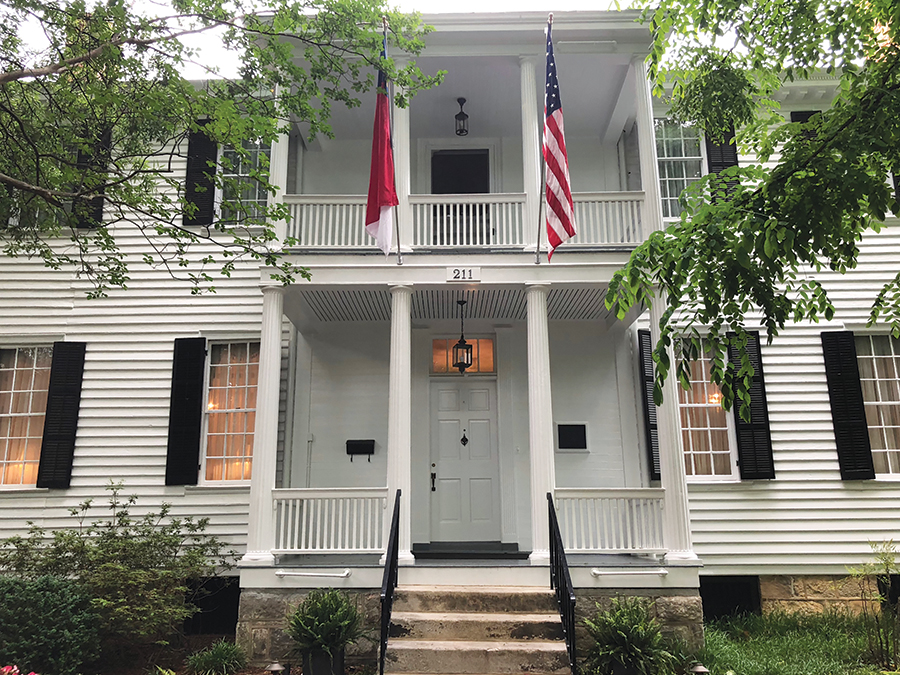
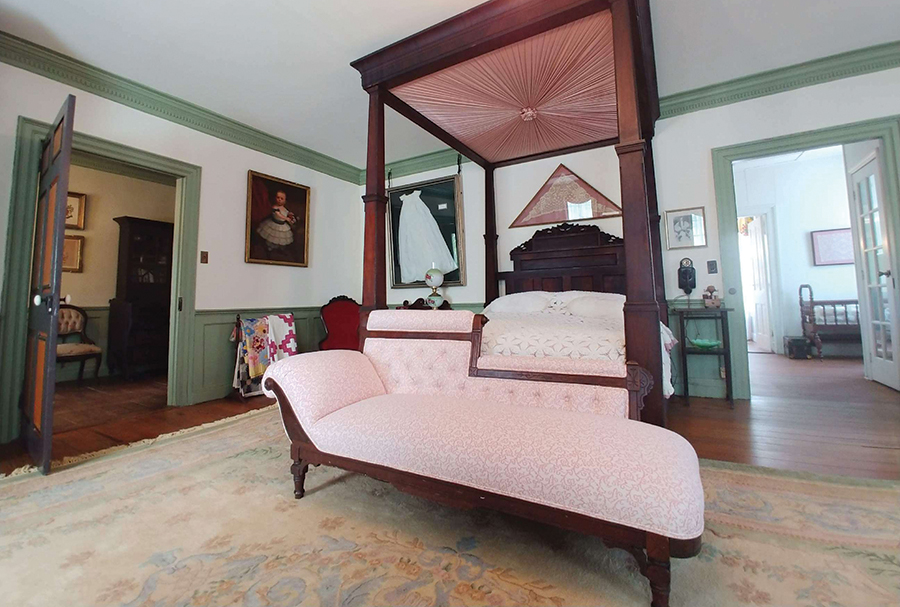
Haywood Hall
Raleigh
John Haywood, the first treasurer of the new state of North Carolina, began construction of the Federal-style Haywood Hall in 1799 and lived here with his wife, Eliza, and their 12 children until his death in 1827. It is a rare example of a historic house that has remained in the same family — with a few contemporary renovations: indoor plumbing; a two-story addition that housed at different times family law and doctor’s offices; and a schoolroom was moved and converted to a library. The Colonial Dames inherited the property from John Haywood’s granddaughter in 1977 and have restored Haywood Hall to its former glory, funding new roofs, chimney repairs, rewiring and painting. Much of the family furniture and portraits remain, providing an elegant time capsule of upper-class life in 19th century Raleigh.
William Irvine is the senior editor of Salt.


